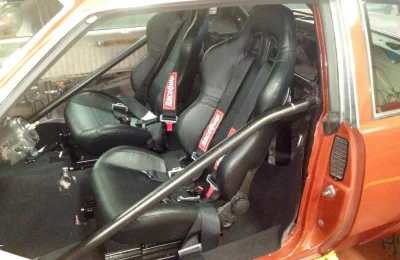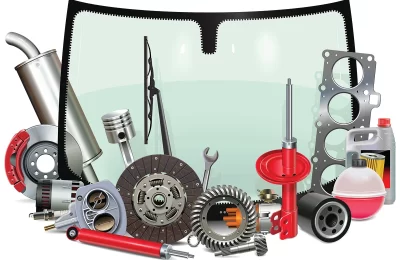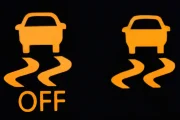Auto
Car

Car
Top 5 Exhaust Pipe Modifications for Increased Horsepower
One of the first upgrades many performance enthusiasts make to their vehicles is upgrading the exhaust. Doing this increases horsepower…
Auto Insurance

Auto Insurance
Telematics – The Game-Changer in Auto Insurance Underwriting and Pricing
Insurance telematics systems collect driving-behaviour data from policyholders using sensors and devices and analyses that data to allow the insurer…
Bike

Bike
Cycling for Health: The Complete Fitness Guide for All Ages
Let’s be honest—cycling isn’t just about getting from point A to point B. It’s freedom, fresh air, and a full-body…
Truck

Truck
Emerging Telematics and Fleet Management Software Solutions: What’s Changing the Game
Let’s be honest—managing a fleet isn’t what it used to be. Gone are the days of clipboards, paper logs, and…

























